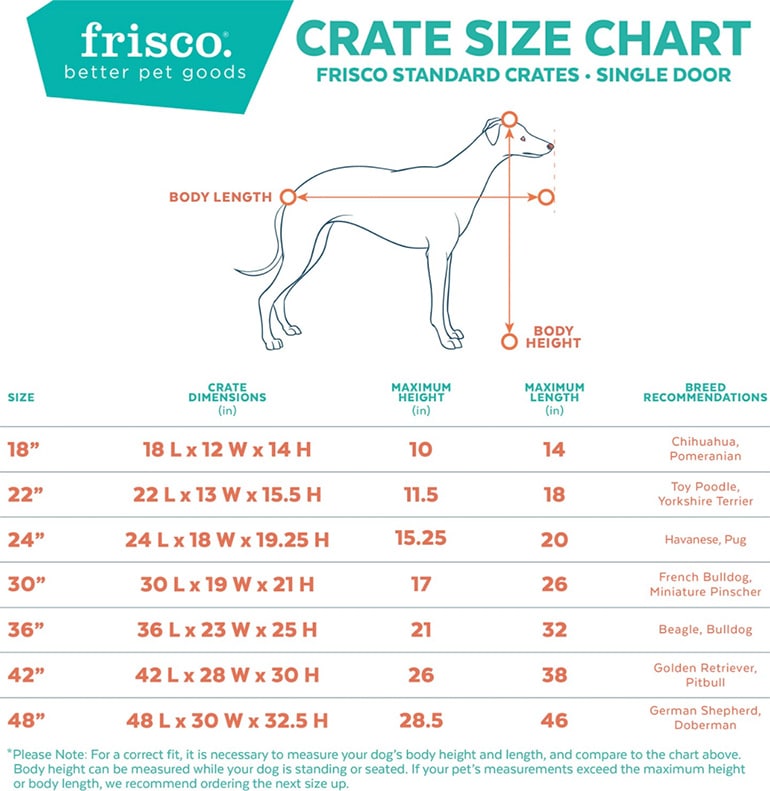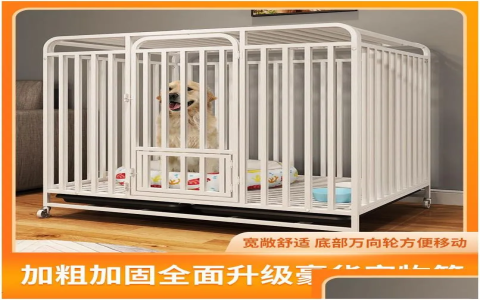Alright, let’s talk about finding the right kennel size for a Golden Retriever. Man, this took some figuring out when I first got Cooper.
Getting Started – The Puppy Stage
So, you bring this little furball home, right? Tiny thing. My first thought was, well, he needs a small, cozy space. I actually got handed down a kennel from my neighbor whose Labrador had just outgrown it. Seemed reasonable. It was probably one of those medium sizes, maybe 30 inches long? Cooper fit fine… for about three weeks.

Golden Retrievers grow like weeds, seriously. One morning, I watched him try to turn around in there, and it was like watching someone try to parallel park a bus in a Mini Cooper spot. He bumped the sides, did this awkward shuffle. That’s when I knew, okay, time for plan B.
The “Adult Size” Dilemma
Everyone tells you, “Get the size they’ll need as an adult!” Okay, great. What size is that exactly? Some folks said 36-inch was plenty, others swore by 42-inch, and a few even pushed for the massive 48-inch ones. It felt like asking for directions in a foreign city; everyone pointed a different way.
My worry, and maybe yours too, was getting this giant crate for a tiny puppy. The common wisdom is they won’t want to potty where they sleep, but if the kennel’s huge, they might just pick a corner far away from their sleeping spot and designate it the “bathroom.” Didn’t want that mess.
Trial, Error, and Dividers
So, I decided to bite the bullet and get the bigger size but use a divider. I went for a 42-inch wire kennel. Why wire? Easier to clean, good airflow, and crucially, most come with a divider panel. My thinking was, I’ll get the adult size now, block off most of it, and just move the divider back as Cooper grew.
- Step 1: Bought the 42-inch kennel. Felt enormous compared to the old one.
- Step 2: Put the divider panel in, leaving just enough space for puppy-Cooper to lie down comfortably and turn around.
- Step 3: Watched him like a hawk initially. He whined a bit, naturally, but he treated the smaller partitioned space as his den. No accidents in there, thankfully.
- Step 4: Moved the divider back bit by bit. Every few weeks, it seemed, I was giving him more space. It actually worked pretty well.
Why 42-Inch Worked for Us (Could 48-Inch Be Better?)
Cooper topped out at around 75 pounds, pretty average for a male Golden. The 42-inch (specifically, 42″ long x 28″ wide x 30″ high, roughly) gives him plenty of room. He can walk in, turn around easily without contorting himself, and sprawl out fully on his side.
Now, could I have gone for a 48-inch? Sure. If you have a particularly large male Golden, or maybe one from field lines that tend to be bigger, the 48-inch might be necessary. Or if you just want to give them palatial space. For Cooper, though, the 42-inch feels like a good den size – secure but not cramped. He never seemed uncomfortable.
Honestly, I think the 42-inch is the sweet spot for most Golden Retrievers. It avoids the potential “too big” issue if you forget the divider, and it’s generally large enough for their adult size. If you know you’re getting a particularly large line, or just prefer more room, then maybe consider the 48-inch.

Final Thoughts
Looking back, getting the adult-sized kennel (the 42-inch) with a divider from the start was the way to go. It saved me buying multiple kennels. Just measure or estimate your Golden’s adult size – typically around 21-24 inches tall at the shoulder and factor in head height for standing, plus room to turn and stretch. For most Goldens, that lands you squarely in the 42-inch range. Worked for Cooper, worked for me.






